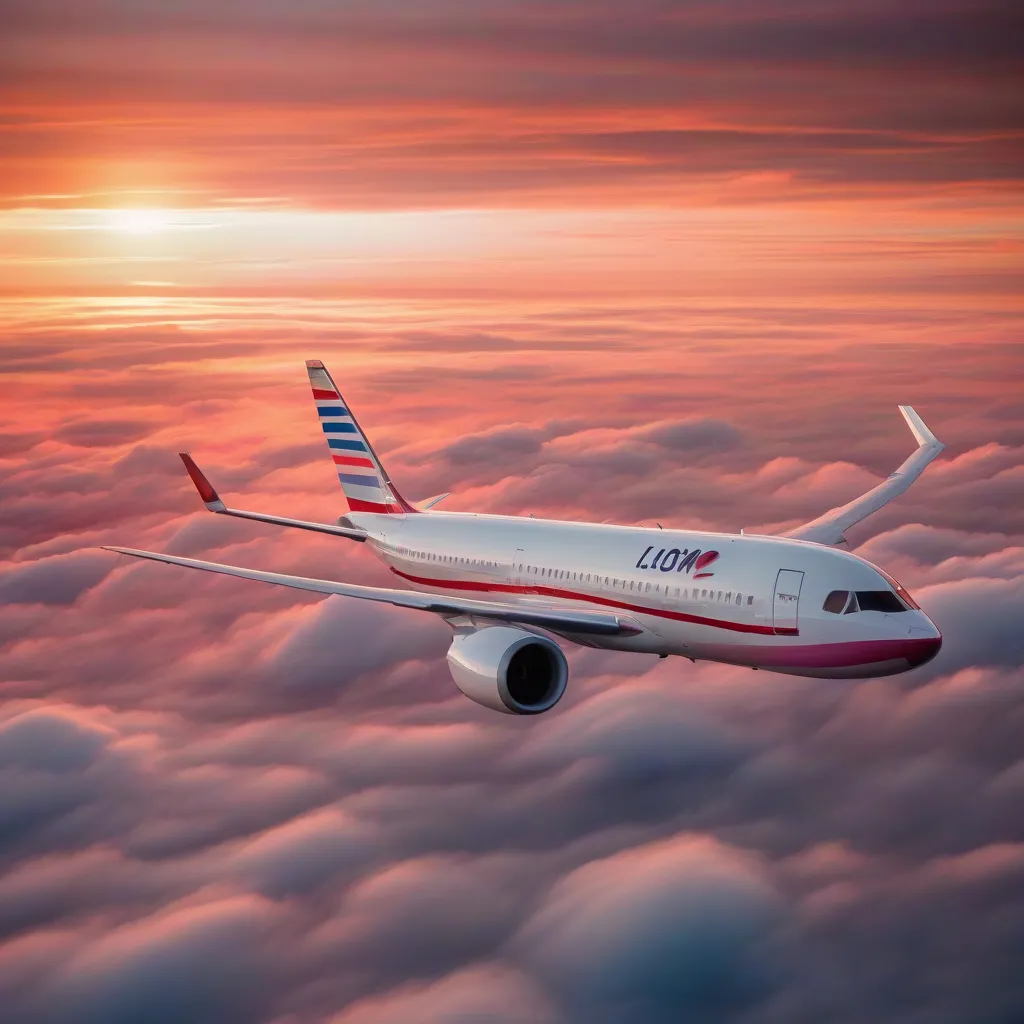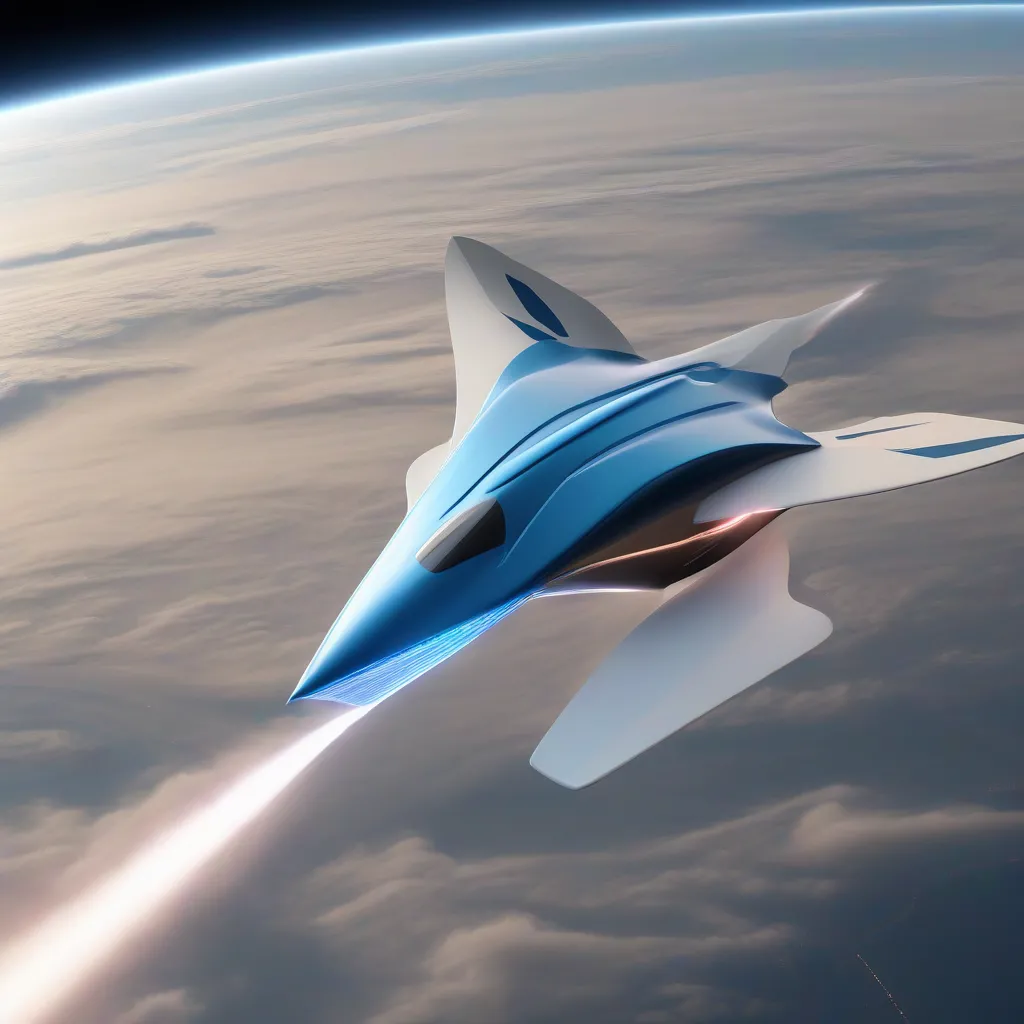Remember that time you were a kid, gazing up at the sky, marveling at the white streaks etched across the blue canvas? Those jet planes, tiny specks from down here, are actually hurtling through the air at incredible speeds. But just how fast does a plane travel? Buckle up, aviation enthusiasts and curious minds, as we embark on a journey to explore the fascinating world of flight speeds.
Unraveling the Mysteries of Flight Speed
The speed of a plane isn’t as simple as a single number. Several factors influence how fast these metal birds soar through the air:
- Type of Plane: Just like cars, different planes are built for different purposes. A nimble fighter jet designed for speed will have a much higher top speed than a massive cargo plane built for hauling heavy loads.
- Altitude: As a plane climbs higher, the air gets thinner. This thinner air creates less drag, allowing the plane to reach higher speeds.
- Wind Conditions: Ever noticed how a tailwind can make your bike ride feel effortless? The same principle applies to planes. A tailwind can give a plane a significant speed boost, while a headwind can slow it down.
Typical Cruising Speeds
While exact speeds vary, here’s a general idea of how fast different types of planes travel at cruising altitude:
- Commercial Airliners: These planes, the ones that whisk us away on vacations and business trips, typically cruise at around 500-575 mph (800-925 km/h). That’s roughly the speed of sound!
- Private Jets: Smaller and more agile, private jets can reach cruising speeds of around 460-575 mph (740-925 km/h).
- Propeller Planes: Those iconic planes with the spinning blades? They generally cruise at lower speeds, around 180-300 mph (290-480 km/h).
 Commercial Airplane at Cruising Altitude
Commercial Airplane at Cruising Altitude
Breaking the Sound Barrier: Supersonic Flight
Remember those fighter jets we mentioned? Some of them are capable of pushing past the very limits of speed, reaching supersonic speeds, meaning they travel faster than the speed of sound (767 mph or 1,235 km/h). Imagine the sonic boom as one of these incredible machines rips through the sky!
The Future of Flight: Hypersonic Travel
While supersonic flight is impressive, the quest for even greater speeds continues. Scientists and engineers are hard at work developing hypersonic aircraft, capable of traveling at speeds exceeding Mach 5 (five times the speed of sound!). Imagine flying from New York to London in just an hour! While still in the early stages, hypersonic travel holds the promise of revolutionizing air travel as we know it.
 Hypersonic Plane Concept
Hypersonic Plane Concept
Planning Your Next Adventure?
If you’re feeling inspired to take to the skies, check out TRAVELCAR.edu.vn for tips and tricks on planning your next adventure. From finding the best deals on flights to discovering hidden travel gems, we’ve got you covered!
Frequently Asked Questions
Q: How long does it take to fly from London to New York?
A: A typical flight from London to New York takes around 7-8 hours.
Q: What is the fastest plane in the world?
A: The Lockheed SR-71 Blackbird, a reconnaissance aircraft, holds the record for the fastest air-breathing manned aircraft, reaching speeds exceeding Mach 3.3.
Take Flight with Knowledge
Next time you see a plane streaking across the sky, remember the incredible speeds at which these marvels of engineering travel. From the familiar hum of a commercial airliner to the sonic boom of a fighter jet, the world of flight is a testament to human ingenuity and our desire to conquer the skies.
